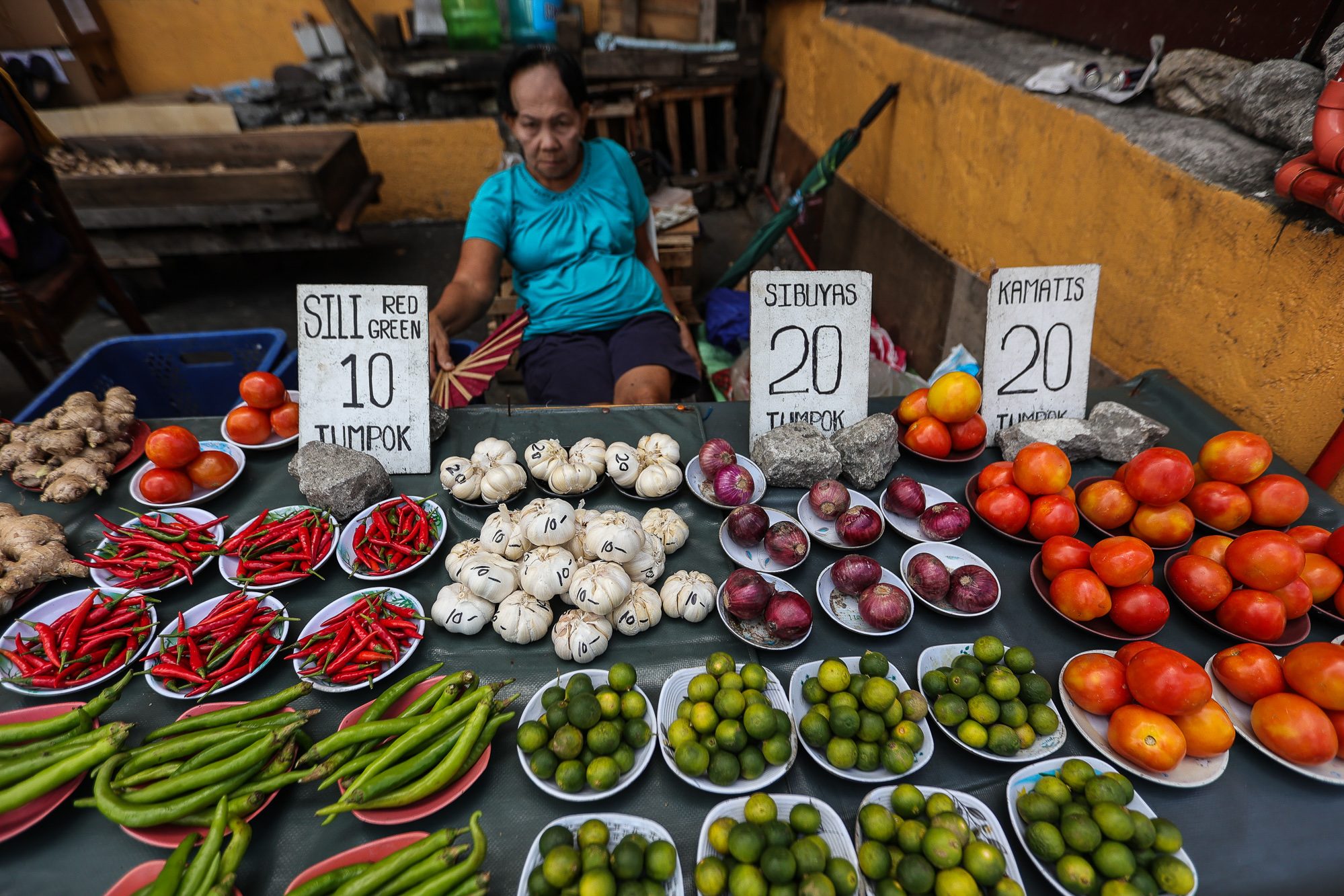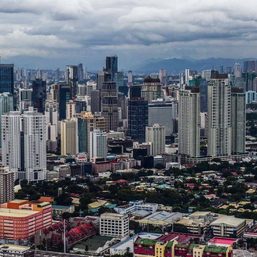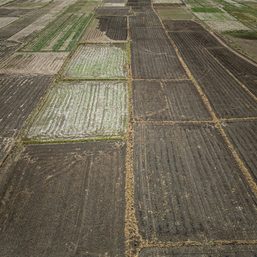SUMMARY
This is AI generated summarization, which may have errors. For context, always refer to the full article.

MANILA, Philippines – Inflation slowed further to 4.7% in July, down from 5.4% in June, the Philippine Statistics Authority (PSA) said on Friday, August 4.
This marks the sixth straight month since rates started falling from a peak of 8.7% in January. The July figure is also the lowest since March 2022, when the inflation rate was at 4%.
The drop in July was attributed to easing prices of housing, water, electricity, gas, and other fuels (4.5% in July from 5.6% in June); food and non-alcoholic beverages (6.3% in July from 6.7% in June); and transport (-4.7% in July from -3.1% in June).
Year-to-date, inflation is at 6.8%, still higher than the government’s target range of 2% to 4%.
During President Ferdinand Marcos Jr.’s second State of the Nation Address on July 24, he had said that inflation was “moving in the right direction.” Citing the Bangko Sentral ng Pilipinas (BSP), he said inflation is expected to continue easing, settling at 2.9% by 2024.
Risks
PSA head Dennis Mapa said the July inflation rate doesn’t yet consider the destructive effects that the recent Typhoon Egay (Doksuri) had on the country. As of Thursday, August 3, the Department of Agriculture estimated the damage and losses at P4.47 billion, with 170,510 farmers and fisherfolk affected.
Mapa is also keeping an eye on the price of rice. Because the weight of rice in the basket of goods used to determine inflation is quite large at 9%, further increases in the price of the commodity could push inflation rates up. And the national statistician noted that the price of rice has been increasing on “a national level since February.”
The PSA monitored increases in the month-on-month price of rice across all three categories: regular milled rice (up 0.8% from June to July), well-milled rice (up 0.7% from June to July), and special rice (up 0.4% from June to July). Year-on-year rice inflation overall was at 4.2% in July, higher than 3.6% in June.
“Ito ‘yung tinitignan natin. Ito ‘yung isa sa mga threats sa pagtaas ng inflation. Sa ngayon, hindi pa siya gano’n kataas but…puwede ito ‘yung maging source ng future inflation natin,” Mapa said.
(This is what we’re looking at. It’s one of the threats that could drive inflation up. Right now, it’s not that high, but it could become a source of future inflation.)
And although inflation is going down overall, the government acknowledges that the Philippines is not out of the woods yet.
“While we continue to experience a downtrend in inflation, we need to be vigilant, especially as we face increasingly volatile weather disturbances as well as external headwinds such as oil price increases and trade restrictions on food,” National Economic and Development Authority Secretary Arsenio Balisacan said in a statement on Friday.
The BSP also warned about the potential impact of transport fare increases, minimum wage hikes in the regions, food supply constraints, the El Niño weather phenomenon, and the “knock-on effects of higher toll rates on prices of key agricultural items.”
‘We need to make it permanent’
The BSP earlier estimated that July’s inflation would settle between 4.1% and 4.9%, pointing to lowering prices of meat, fruits, fish, liquefied petroleum gas, and electricity, along with the strengthening of the peso.
“It is in the right direction,” said BSP Monetary Board Member Bruce Tolentino, echoing the President’s remark.
“But we have to be able to set in the measures which will make it long-term sustainable,” he added.
Speaking to reporters during the BSP’s 30th anniversary night on July 28, Tolentino said the central bank was concerned about the effect of food on inflation, which suffered from “long-term underlying productivity issues” in the country’s agriculture sector. Renewed tensions in Ukraine following the collapse of the Black Sea grain deal could also drive global food prices up.
The BSP is set to meet on August 17 to review monetary policy and determine whether to continue its rate pause or even lower rates. – Rappler.com
Add a comment
How does this make you feel?
![[In This Economy] Why amending the Rice Tariffication Law will reopen Pandora’s box](https://www.rappler.com/tachyon/2024/05/amending-rice-tarrification-may-17-2024.jpg?resize=257%2C257&crop=583px%2C0px%2C1080px%2C1080px)
![[In This Economy] Is the Philippine economy stable?](https://www.rappler.com/tachyon/2024/05/philippine-economy-stable-may-10-2024.jpg?resize=257%2C257&crop=461px%2C0px%2C1080px%2C1080px)


![[Vantage Point] Philippine economic reforms run into headwinds](https://www.rappler.com/tachyon/2024/05/ph-economic-headwind-may-2024.jpg?resize=257%2C257&crop_strategy=attention)
There are no comments yet. Add your comment to start the conversation.